
Ever looked at a fraction and thought, “Why are you so complicated?”
Knowing how to convert fractions to decimals helps in everyday tasks like splitting bills or cooking.
Decode the secrets of converting fractions to decimals and make your life easier with the "fraction sandwich" technique!
Step 1: Meet Your Fraction
Think of the fraction like a sandwich. The numerator (top number) is the top bread, and the denominator (bottom number) is the bottom bread.
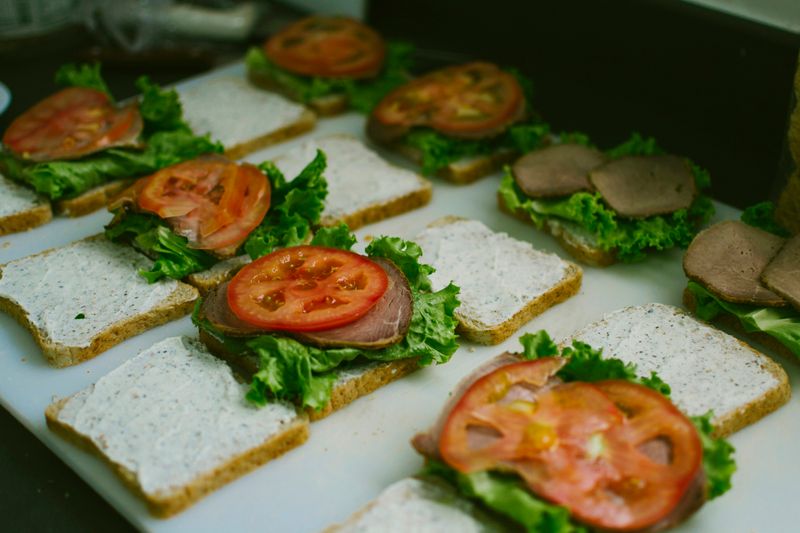 Photo by Fábio Alves on Unsplash
Photo by Fábio Alves on Unsplash 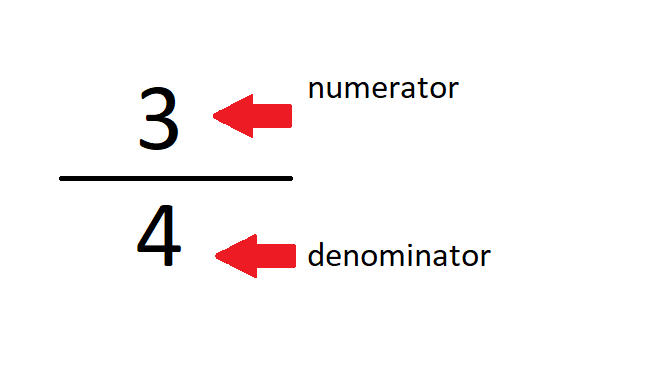
Step 2: Do the Math Magic
Think of dividing as assembling the perfect sandwich, step by step! Each part has an role in completing the sandwich, and you can use long division to make it all come together perfectly.
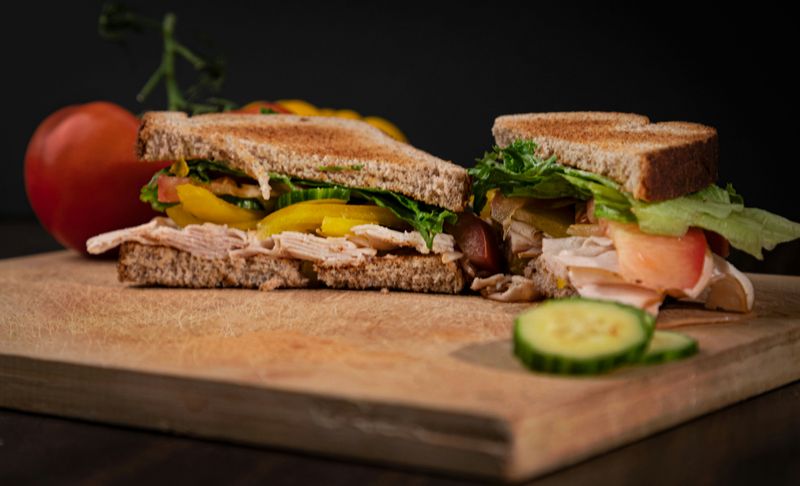 Photo by Amber Fisher on Unsplash
Photo by Amber Fisher on UnsplashThe numerator goes in the box — it’s the top bun! The denominator stays outside, like the bottom bun.
Divide the top number (numerator) by the bottom number (denominator).
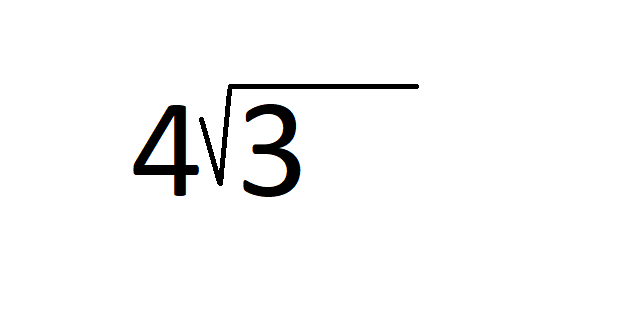 Following the steps of long division, the result will look like this.
Following the steps of long division, the result will look like this.
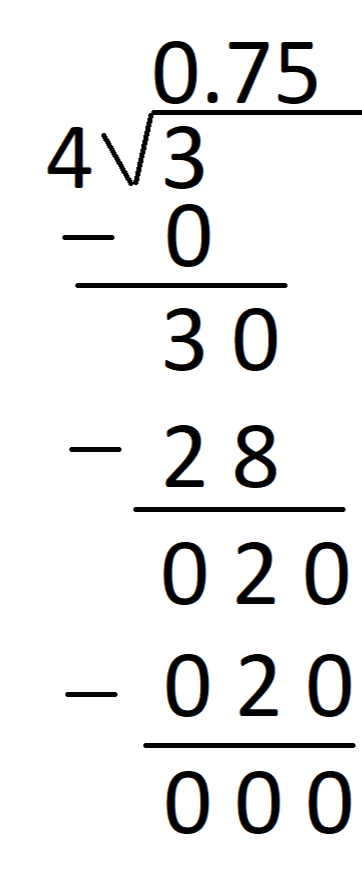
3÷4=0.753 ÷ 4 = 0.753÷4=0.75. Boom — decimal!

Put your knowledge to the test!
Jamie has 2 apples and wants to share them equally among 4 friends. How many apples will each friend get?
Quiz
What is the answer?
Step 3: Lets Try Another Way!
Sometimes, fractions aren’t in a form that makes finding decimals easy. That’s where multiplication comes in!
By multiplying both the numerator and denominator by the same number, you can create a fraction with a denominator of 10, 100, or 1000 — making it simple to convert to a decimal. Let’s see how this works with changing 13/20 into a tasty decimal! 🥪✨
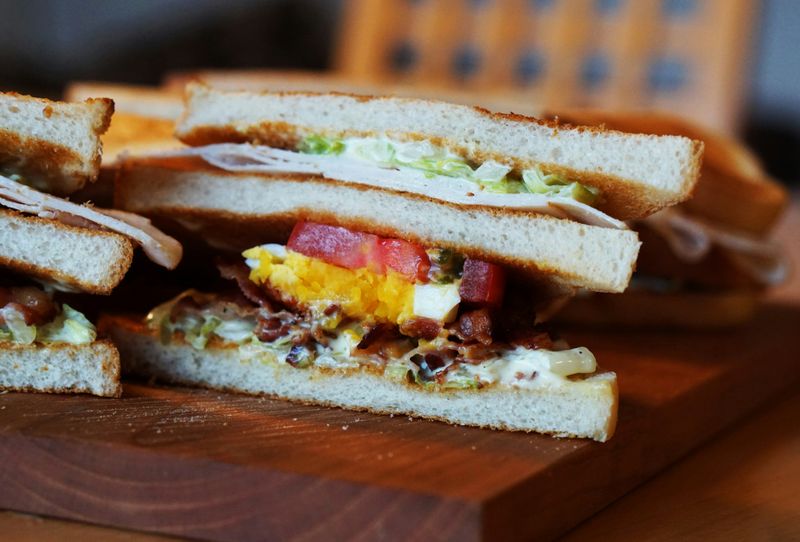 Photo by Anton Porsche on Unsplash
Photo by Anton Porsche on UnsplashStart with your fraction sandwich:
To make 13/20 easier to convert to a decimal, multiply both the numerator (13) and denominator (20) by 5. This gives you 65/100, which is simple to write as 0.65 because the denominator is now 100.

Tasty and easy to share! 😄
Step 4: Review, Practice, and Master! 🎉
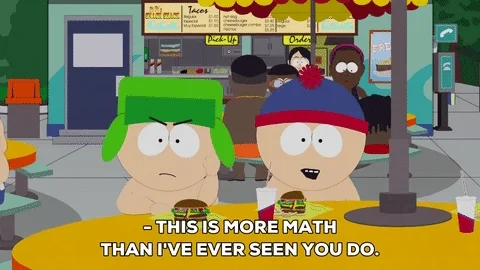
Take another fraction and slice it up — numerator divided by denominator. Maybe try one like this:
5/8, which becomes 0.625
or 7/20 which is 0.35
Or some like these:

If your mathlooks weird (like the wrong decimal), no worries — just try again by redoing the division. Mistakes are like crumbs — just brush them off and keep going. The more fractions you try, the better you’ll get! 🥪✨
Take Action

Grab a snack and practice. Show off your skills to friends —turning fractions into decimalsis way cooler than it sounds. Who’s the math boss now? You are! 🎉
Your feedback matters to us.
This Byte helped me better understand the topic.
